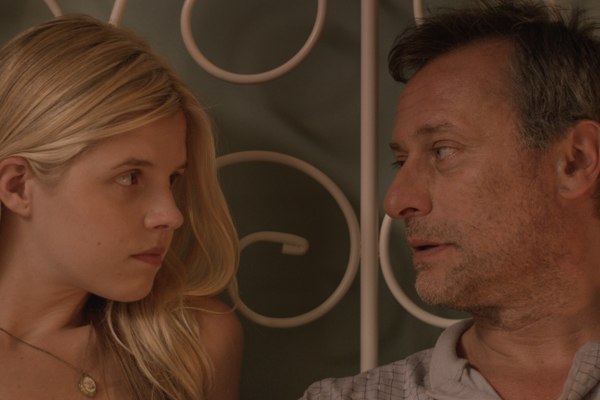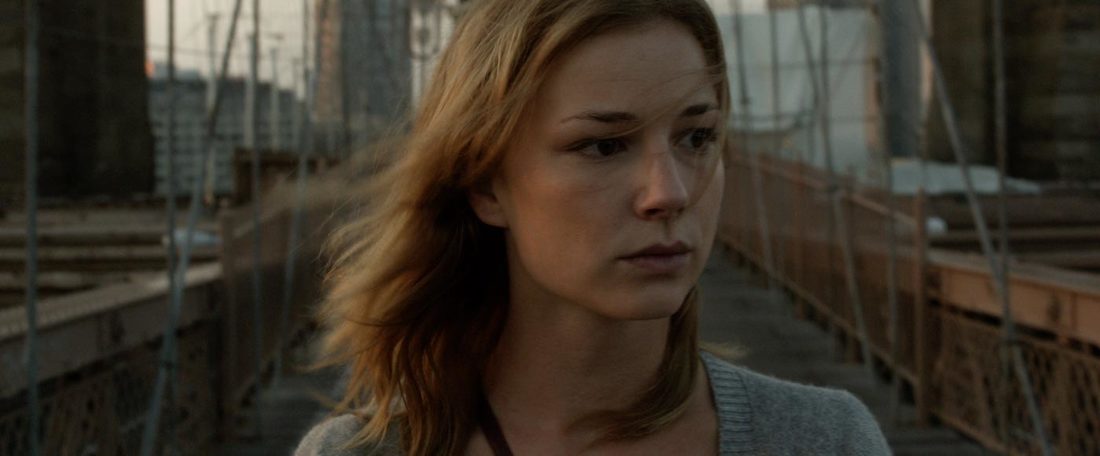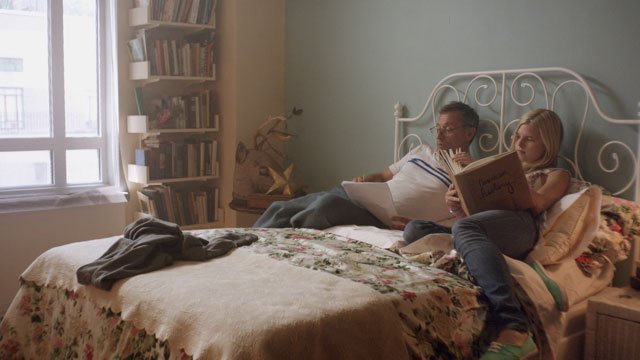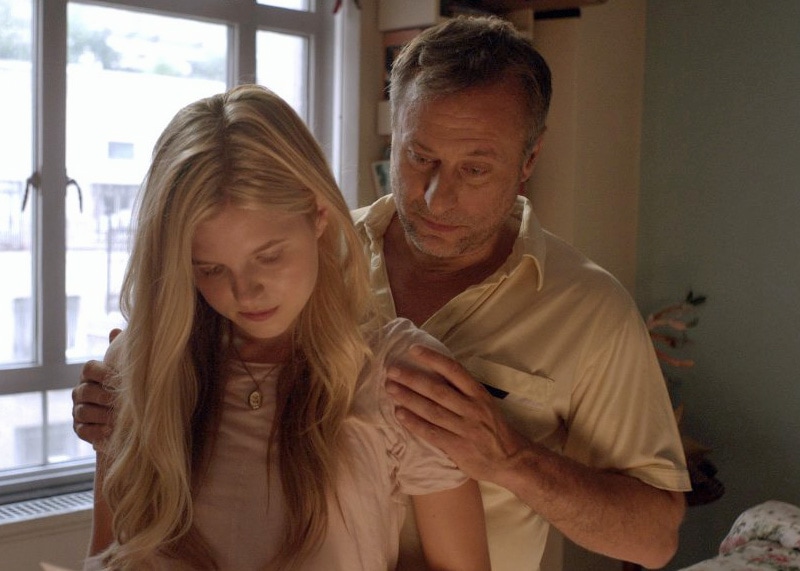|
by Megan Hess When Alice’s (Emily VanCamp) boss at the publishing company where she works asks her to handle the re-release of Waking Eyes, she should be thrilled. Since its publication fifteen years ago, the book has become a contemporary classic, and a cultural touchstone for Alice’s generation – for everyone, it seems, but her. The pain caused by working so closely with Waking Eyes is not because of her disconnect from the book, but for the exact opposite reason: she’s too connected to it. Waking Eyes was written by a family friend, someone who had a significantly negative impact on her life. This is the story of The Girl in The Book (Cohn, 2015) a dense psychological drama that gives its old themes a new spin. Alice (Emily VanCamp) contemplates her circumstances (The Girl in the Book, Cohn, 2015) Countless films have been made about exploitative relationships, and many of them used the same flashback-versus-present-day strategy as The Girl in the Book. Overuse aside, it is the most effective and entertaining way to convey the past. Unfortunately, in The Girl in the Book, the past becomes more compelling than the present. This is partly because adult Alice is not a particularly likable character. I still found myself sympathetic for her, and wanting her circumstances to improve, but out of pity, instead of any interest in the character. She’s bland and frustrating – crippled by the men in her life: her father, a cheerfully domineering man who still orders for her at restaurants and meddles in her work life; Milan (Michael Nyqvist), the author of Waking Eyes who took advantage of her as a teen (and not just sexually), and her boss, who takes her for granted and doesn’t let her do the work she’s capable of doing. She bungles the one healthy male relationship she gets into, with (in homage to Legally Blonde?) Emmett, a clean-cut and idealistic political activist. The flashback sequences function not only as character and plot development, but as justification for Alice’s behavior, which makes her easier to deal with – ironic, because the flashback sequences are the hardest, most beautiful, part of the movie. Milan (Michael Nyquvist) and young Alice (Ana Mulvoy Ten) relax together while her parents aren't home (The Girl in the Book, Cohn, 2015) In the flashbacks, the young actress playing Alice from the past is supposed to be 14, but when we first see her, she looks more like 10 – which makes Milan’s intentions even more problematic. However, as she becomes more comfortable with Milan, she starts looking and acting more like a typical teenager. Even the most innocent-seeming of Alice and Milan’s interactions have an uncomfortable, uncertain undertone (because the viewer always knows his motivations, even when Alice does not) and are intended to make the viewer deeply squeamish. Sequences of sexual assault are always difficult to watch, but seeing the waifish blonde Alice molested by Nyqvist’s strapping expat – and watching him groom her for those sexual experiences, earning her trust and encouraging her in her writing – is particularly painful and enraging. The Girl in the Book is not a film to watch lightly, and it could be triggering for those who have had similar experiences. Yet, for a film about recovering from sexual assault, there is very little non-consenting sexual behavior, and no nudity – a decision that easily could have been made with victims in mind. Milan makes his move (The Girl in the Book, Cohn, 2015) For all its niche circumstances, The Girl in the Book contains and portrays many relatable elements: family and job dissatisfaction, the thrill of meeting someone new and falling for him\her, the female friendship experience, etc. Its realism is the source of its power, and sets it apart from other films which depict similar circumstances.
|
Archives
April 2024
|






 RSS Feed
RSS Feed
